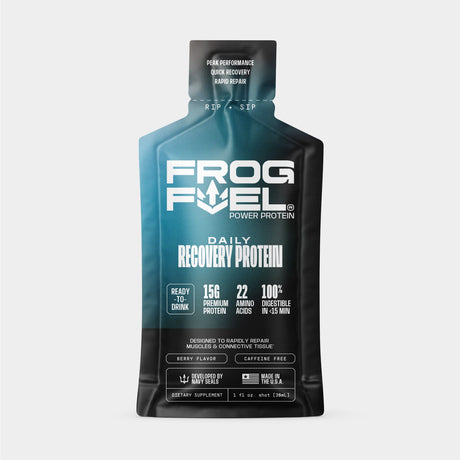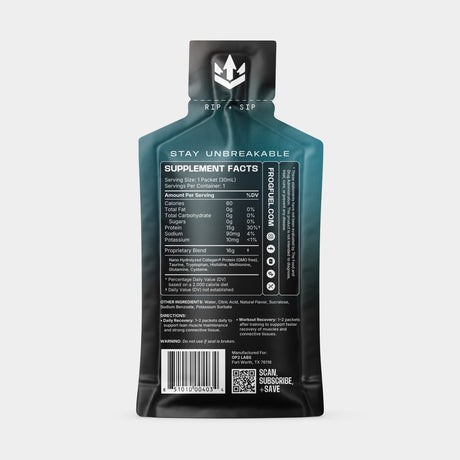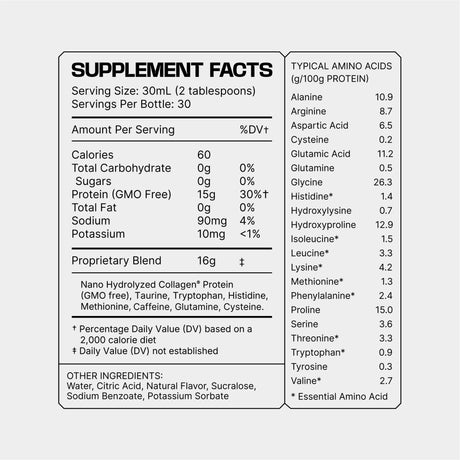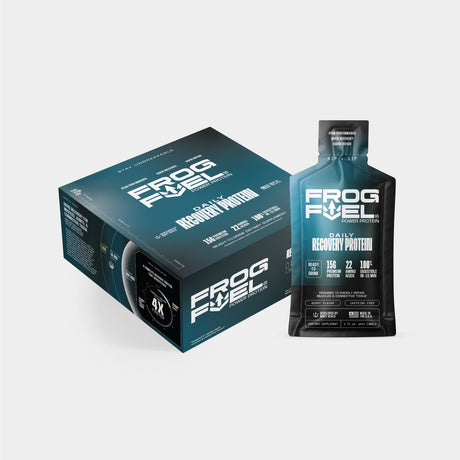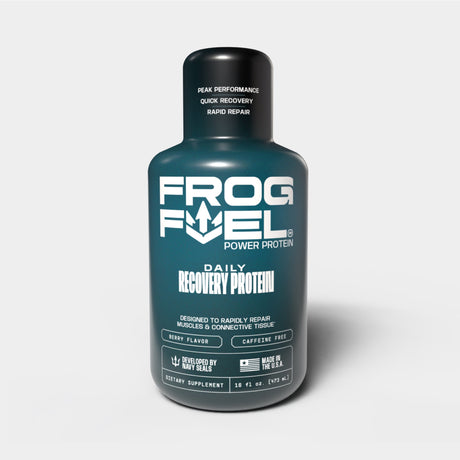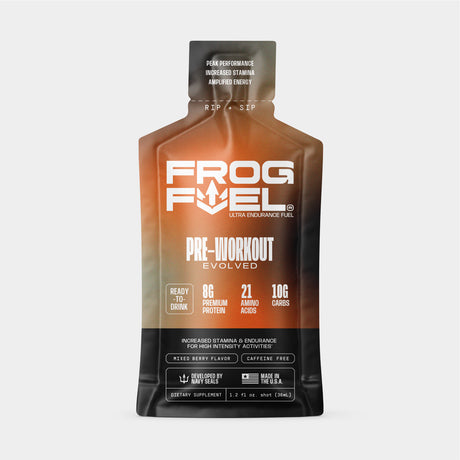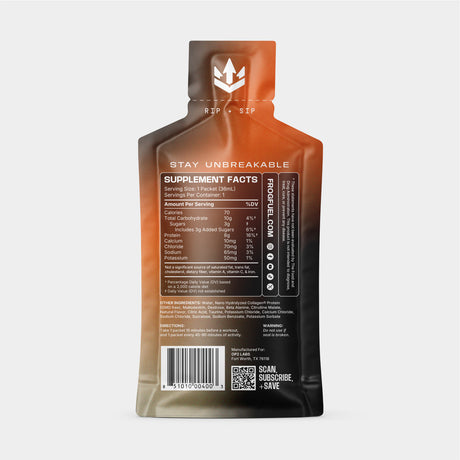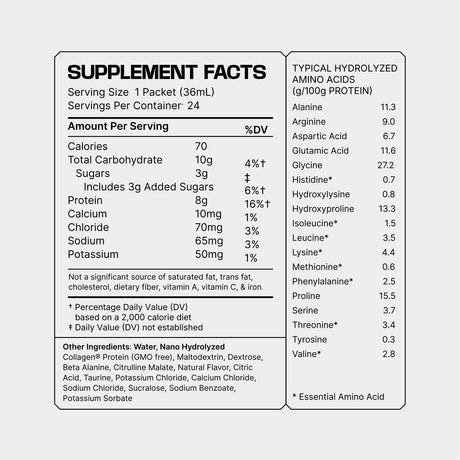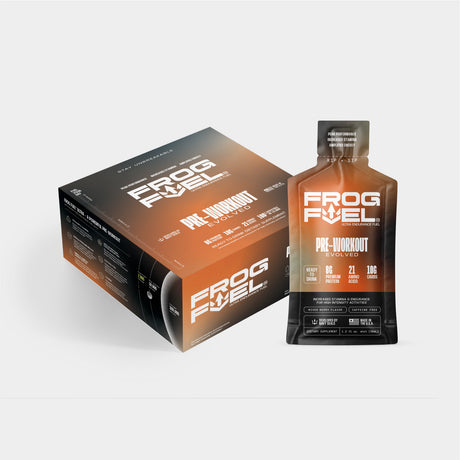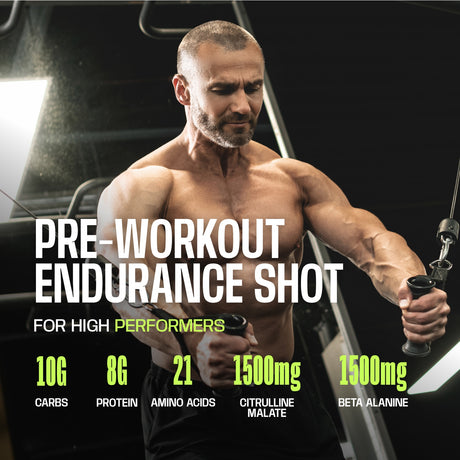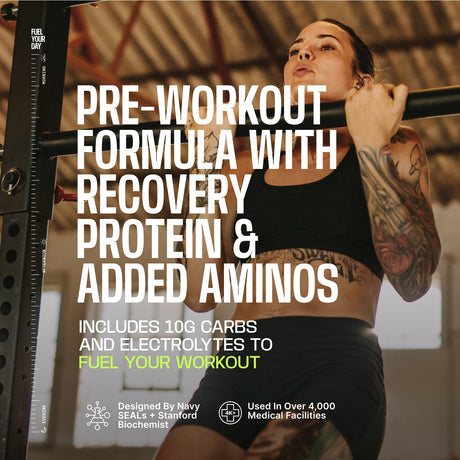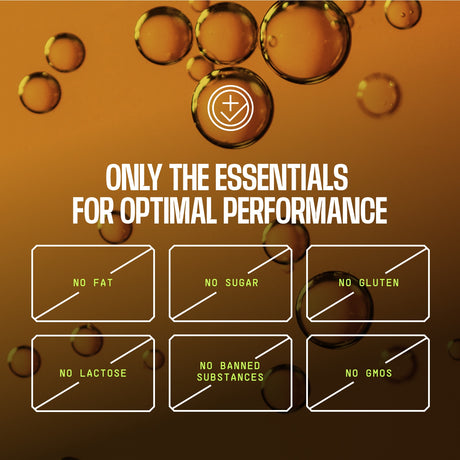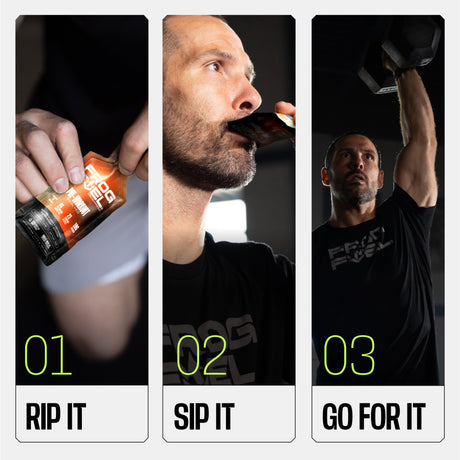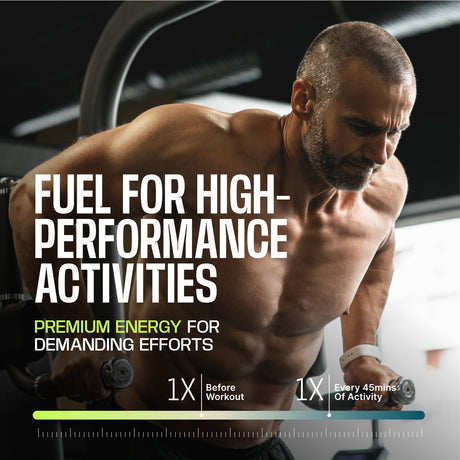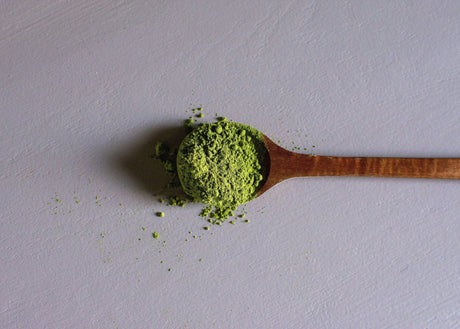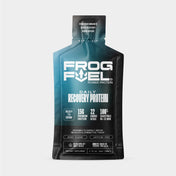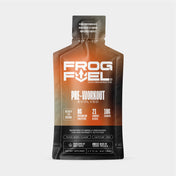When it comes to taking supplements and efficiently building muscle mass, your protein absorption rate may come into the conversation, and rightfully so. In fact, there’s a whole lot of debate about this on bodybuilding forums and Facebook groups. Is there really a maximum amount of protein that your body can absorb at once? Does any additional protein consumption go to waste? How can you speed up your protein absorption rate for better fitness results? Are some proteins better than others?
While all of these are valid questions and concerns, it comes down to evaluating each one separately and, perhaps most importantly, understanding what it really means when people talk about protein being absorbed in your body.
While the proteins you consume - in both food and your fitness drinks - will (eventually) mostly be absorbed by your body, it doesn’t mean you can simply gulp down your daily serving of any old protein powder in one sitting and expect to see stronger muscles and better endurance. Aside from the inevitable stomach ache that you’ll likely encounter, it’s just simply overkill for your system. And it may not be the complete proteins that your body needs for optimal performance.
Let’s take a look at some of the questions you need to answer to better understand your protein absorption rate, and make changes in your diet for better results.
How much protein do I really need?
It’s important to not only make sure your protein intake matches your fitness levels but also that the number of grams and total servings per day are optimized to help stimulate that 24-hour protein synthesis you are trying to obtain.
So the better question to answer here may be: How much protein do you need - in one sitting?
This gets to the heart of your protein absorption rate because it helps you create a meal plan that fits your goals.
In general, many studies have found that somewhere between 25g - 30g of a complete protein is the most that your body can absorb at one time. Exceeding this protein intake would simply mean that the rest is being oxidized or filtered through your body. However, these numbers don’t take into consideration what happens when you combine your protein intake with other macronutrients, which can increase your body’s natural protein absorption rate and help build lean muscle mass.
So, more is not always better. When you take your protein is important. And what kind of protein and/or what you eat with it most certainly matters.
A recent study published in the Journal of the International Society of Sports Nutrition concluded that, for maximum anabolic efficiency, you should consume 0.4g of protein per kg of body weight per meal, across a minimum of four meals. This number is equated specifically for athletes and active individuals (defined by regimented resistance training multiple times a week) and may need to be adjusted up or down if you are in intensive training for a race or upcoming competition - or if you are in maintenance mode and currently more sedentary.
Let’s break that down.
Calculating your daily protein intake
Of course, you know that the amount of protein you consume will vary as your training regime shifts - and that there are different suggestions for both men and women. Currently, the Recommended Dietary Allowance (RDA) for protein for the average person is 0.8g per kg of body weight. To calculate your RDA for optimal protein absorption, you’ll take your body weight (in pounds) and divide it by 2.2, then multiply it by 0.8.
For power and endurance athletes, the Academy of Nutrition and Dietetics broke this down into a suggestion of 84g - 119g for men and somewhere between 66g - 94g for women.
With these being pretty wide ranges - the difference of an added meal or protein supplement each day - we suggest doing the math provided by the Academy of Nutrition and Dietetics.
- Normal: (lbs)/2.2 x 0.8 = grams of protein recommended per day
- Athlete: (lbs)/2.2 x 1.2 = grams of protein recommended per day
You also want to be sure to choose high-quality, complete proteins. For the most balanced protein consumption, your diet should include a blend of whole animal proteins, plant proteins, and a rapid-absorption protein to help recover and build muscle tissue after workouts.
Does time of day or serving size affect my protein absorption rate?
The short answer: yes. However, the specifics can get a little more muddled depending on the study or which source you turn to.
Taking into consideration a maximum protein absorption rate of 30 grams of protein in one sitting and your personal RDA, you should aim to spread your protein equally across four or five meals. For athletes that are in particularly rigorous training programs, those five meals will help make sure your body is absorbing every last bit of the protein you consume.
The studies did find that eating protein throughout different intervals in the day requires your body to continually synthesize the protein you are consuming. This is an especially good thing when it comes to achieving 24-hour protein synthesis and building muscle mass.
What helps increase protein absorption?
While there are quite a few factors that impact your body’s protein absorption rate, there is one important helper that you already have inside you: enzymes.
Enzymes are biological catalysts that have one major job in the human body: to SPEED up biochemical reactions, including the digestion and synthesis of life-giving nutrients like protein.
Your body already produces many enzymes to help with digestion (for example, amylase and lipase in your saliva, and trypsin, chymotrypsin, and carboxypeptidase from your pancreas). When you eat food, these enzymes are activated to help speed up the breakdown of all the vitamins, minerals, and proteins you consume so that they can be used to rejuvenate and rebuild the cells throughout your body.
And this process begins to happen before your protein shake even hits your belly.
Your enzymes - and subsequent protein absorption - can be stimulated by just the smell or thought of eating!
Without proper enzyme function, the absorption of nutrients slows down dramatically. This is especially important when it comes to protein and understanding why all the grams that you’ve consumed during each meal may not have been properly absorbed and utilized.
If there is an imbalance with your enzymes, your protein absorption rate can be inhibited, leaving your body with less protein to rebuild your muscles after training.
So, if enzymes are the key to speedy protein digestion, then maximizing enzyme function is the key to an optimal protein absorption rate.
What type of protein is best for rapid absorption?
The biggest mistake we see people make is reaching for the protein supplement with the highest grams per serving on it.
As you know, the amount you consume is just one factor of the equation. And, it can even be maxed out.
More importantly, you should be flipping to the back of that container or package and reading what type of protein was used, how it was sourced and other ingredients that were added that may inhibit or promote a better protein absorption rate.
When it comes to supplemental protein, there are many options to choose from, such as whey, soy, quinoa or collagen protein in the form of liquid protein shots, protein powders, and many other forms. The options are overwhelming and the labels seem to promise the same results.
So, how can you know?
This is where we look to the source of the protein (making sure it’s complete) and the other ingredients that will support stronger muscles.
Enzyme-hydrolyzed liquid protein shots for rapid absorption
We’ve all heard the term “rapid absorption,” but what does that really mean when it comes to your post-workout protein?
For the team of athletes and nutrition-nerds at Frog Fuel, it means making sure you are taking protein that is in the easiest form to digest while supporting your natural enzyme functions.
Originally designed to support the intense demands of US Navy Seals, our liquid protein shots are made of nano-hydrolyzed collagen protein, which is designed to be the most rapidly-absorbed protein available. It’s pre-digested with fruit enzymes, enabling the protein peptides to be fully absorbed in just minutes once they enter your digestive system.
In an independent study done at Kennesaw State University, researchers found that our nano-hydrolyzed liquid protein shots were 100% digested in only 15 minutes, at which time the leading whey protein was only 30% digested.
For you math geeks, that means that 15 grams of Frog Fuel delivers 15 grams of protein within 15 minutes and 15 grams of the leading whey protein would only deliver 4.5 grams of protein in 15 minutes.
So, consuming a smaller amount of (higher-quality) protein in a single serving can result in a higher protein absorption rate compared to simply taking a larger quantity of (lower-quality) protein.
If you’re buying pricey protein products but your body isn’t absorbing the nutrients effectively, you’re spending a lot of money for something that is going straight through your system (and maybe even wreaking a bit of havoc while it does) instead of being integrated into your muscles.
If you’re ready to ditch your low-quality protein and switch to a high-quality, rapidly absorbed protein designed by Navy SEALs, check out our Frog Fuel liquid protein shots to see how our nano-hydrolyzed collagen protein can increase your muscle mass and strength, reduce recovery times and even cut back on the oxidative stress in your body that is released during a hard workout.


